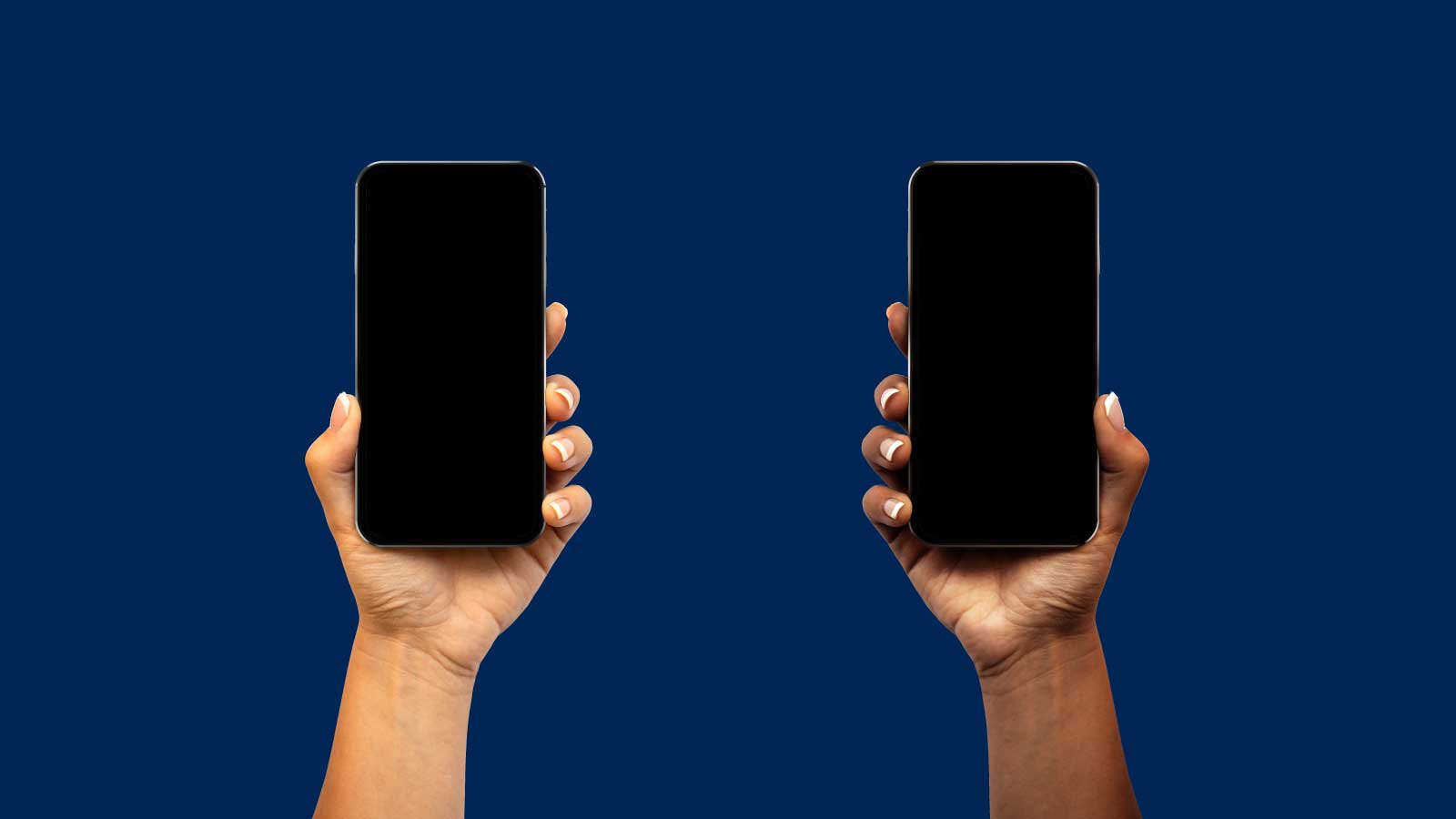- BYOD is popular among white-collar employees, but it doesn’t always serve deskless or frontline workers best
- COPE is helping to improve work-life balance, the employee experience, company security and app deployment in many work environments
- COPE and BYOD both serve a purpose; the choice depends on your organization’s needs
It may seem an obvious point, but too many companies fall short in properly equipping their workers for the same reason: They assign them the wrong tools.
When it comes to mobile devices and the software managing them within the context of a work environment, organizations may get tripped up by a choice between bring your own device (BYOD) and corporate-owned, personally enabled (COPE). So, if you’re a corporate IT manager or play a role in making big tech decisions for a company, it’s fair to ask: Which is better?
The answer depends on the needs of your business. BYOD has become a popular approach for tethered, white-collar workers – the obvious benefit being that, at scale, enabling personally owned devices with company-centric software is more cost-effective for the organization. But as contextual mobility management (CMM) software demonstrates, aptly enough, context is everything.
BYOD, for example, doesn’t always serve the needs of deskless or frontline workers. In fact, COPE has certain advantages over BYOD even beyond whether it fits into a particular work scope:
Work-Life Balance
In a tight labor market, this is no small consideration. A COPE device gives workers the ability to access personal apps and features on the same device they use for work while still allowing the organization to have more control over device security and overall accessibility than they would with BYOD devices.
Employee Experience
Workers have high expectations for technology, and BYOD’s fundamental challenge is that it can’t ensure a quality standard, let alone the same operating systems and functionality, across a labor force. If half a company’s employees own an iPhone and the other half Androids, this can create problems for everyone from the users to IT to leadership. COPE, on the other hand, delivers an inherent consistency and streamlining of tech that actually improves the functionality of company apps.
Security
A vast majority of executives (87 percent) around the world say untrained staff are companies’ greatest cyber security risk. BYOD puts a greater onus on the worker to understand and deal with security threats, whereas COPE ensures that the company encrypts mobile device software and maintains security protocols – and discourages the use of personal devices. This can be in both policy and practice, as employees are less likely to feel the need to carry around a second device for personal use if they are able to access any apps they choose on their personal time.
App Deployment and Safety
No need to solve for a mix of hardware or software. COPE makes it easy for an organization to standardize app deployment, ensuring that every worker has the tools they need for the job – and the potential to reduce distractions created by non-essential apps. COPE even allows for built-in safety features on company-issued devices.
BYOD still offers utility, especially for employees who don’t punch a clock. An office worker who needs (or wants) to take calls, check email and access documents from their mobile device on a business trip or even at home on the weekend wouldn’t need or even want to carry separate devices for personal and company use with a BYOD approach.
For mobile-enabled deskless workers, COPE is proving to be the superior model and gaining popularity in the current workplace environment. And although BYOD may seem the more affordable option at first glance, a COPE model allows for cost savings on bulk pricing of devices and software. It also makes managing apps and security protocols considerably easier for an IT department on a single platform or operating system, rather than across myriad types of devices.
Each model has its own purpose, depending on the workplace and an organization’s needs. It’s all about context, right? So the question isn’t whether BYOD or COPE is better – but which is better for your business.

